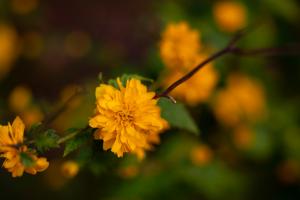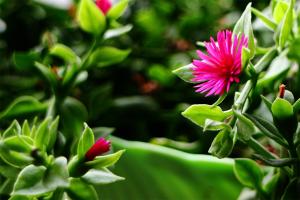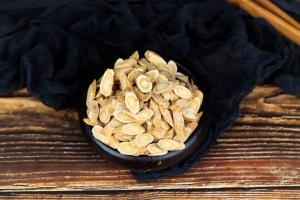When to Plant Thuja Trees
Thuja trees, also known as Arborvitaes, are popular evergreen trees that are commonly grown in gardens and landscapes. These trees are easy to care for, and with proper planting and care, they can provide years of enjoyment. However, one of the critical factors that affect the growth and success of Thuja trees is the timing of their planting. In this article, we will discuss when to plant Thuja trees, as well as some essential tips for successful planting and care.
Spring or Fall Planting?
The ideal time to plant Thuja trees depends on several factors, including the climate, soil conditions, and the specific variety of the tree. Thuja trees can be planted in either the spring or the fall, depending on the climate and local weather patterns.
If you live in an area with moderate temperatures and rainfall, both spring and fall planting can be suitable. However, if you live in an area with harsh winters, fall planting is not recommended. This is because young trees need time to establish roots before facing the stress of winter, and fall planting can be challenging for trees to grow roots before winter.
On the other hand, spring planting allows the tree to establish roots during the wet and mild spring season, ensuring the tree has enough moisture to grow through the summer months. Spring planting also enables the roots to grow deeper into the soil when the temperature starts rising, which helps the tree survive during hot summer days.
Preparing for Planting
Before planting Thuja trees, it is essential to prepare the planting site appropriately. Start by selecting an area with well-drained, deep, and fertile soil that receives ample sunlight. Thuja trees prefer slightly acidic to neutral soil, so ensure the pH level is between 6.0 and 7.0.
Next, dig a hole that is twice as wide and deep as the root ball of the tree. This will provide enough room for the roots to spread out and grow easily. Take care not to plant the tree too deeply as this can lead to root rot, which can cause the tree to die. The top of the root ball should be level or slightly above the soil surface to ensure that the roots receive enough air.
Lastly, it is essential to add organic matter, such as compost or peat, to the soil to improve soil structure and fertility. You can also add a slow-release or water-soluble fertilizer to the soil to provide the tree with essential nutrients during its growing period.
Caring for Thuja Trees
After planting, it is essential to care for the Thuja tree correctly. Water the tree well after planting and continue to water it regularly, especially during the first growing season, to ensure that the tree has enough moisture to establish a strong root system. However, do not overwater the tree as this can lead to root rot.
You can also add a 2-3 inch layer of organic mulch, such as wood chips or bark, around the base of the tree. This helps to retain moisture, improve soil structure and fertility, and suppress weed growth. It is essential to keep the mulch a few inches away from the trunk to prevent fungal disease.
Lastly, prune the Thuja tree regularly to maintain its shape, size, and health. Pruning also helps to remove any dead or diseased branches, improve air circulation, and stimulate new growth. However, avoid over-pruning as this can damage the tree.
Conclusion
Planting Thuja trees can be a rewarding experience that provides your garden with natural beauty and privacy. However, it is essential to plant the trees correctly and care for them appropriately to ensure that they grow and develop into healthy and robust specimens. Remember to plant them in the right season, prepare the planting site correctly, add organic matter to the soil, and care for them correctly after planting. With careful planting and care, you can enjoy the beauty of Thuja trees for years to come.

 how many times do yo...
how many times do yo... how many planted tre...
how many planted tre... how many pine trees ...
how many pine trees ... how many pecan trees...
how many pecan trees... how many plants comp...
how many plants comp... how many plants can ...
how many plants can ... how many plants and ...
how many plants and ... how many pepper plan...
how many pepper plan...
































